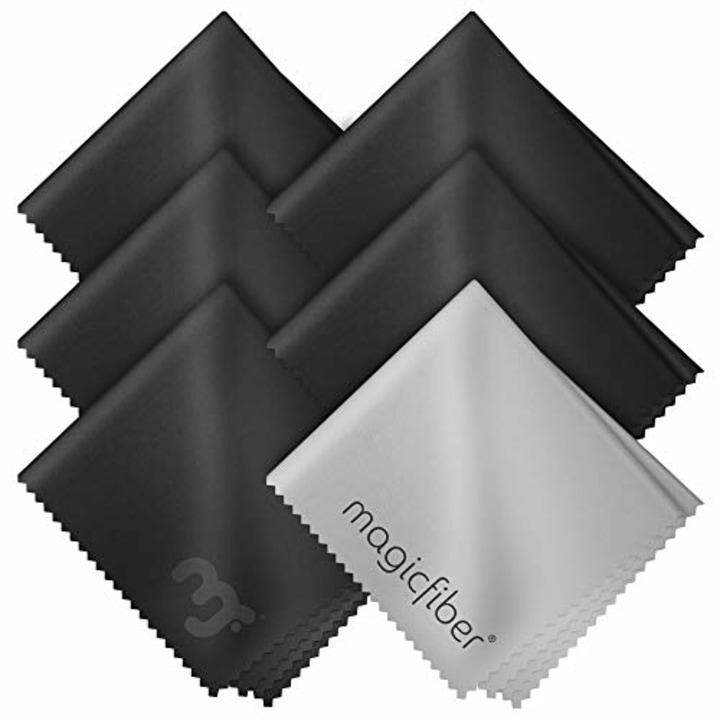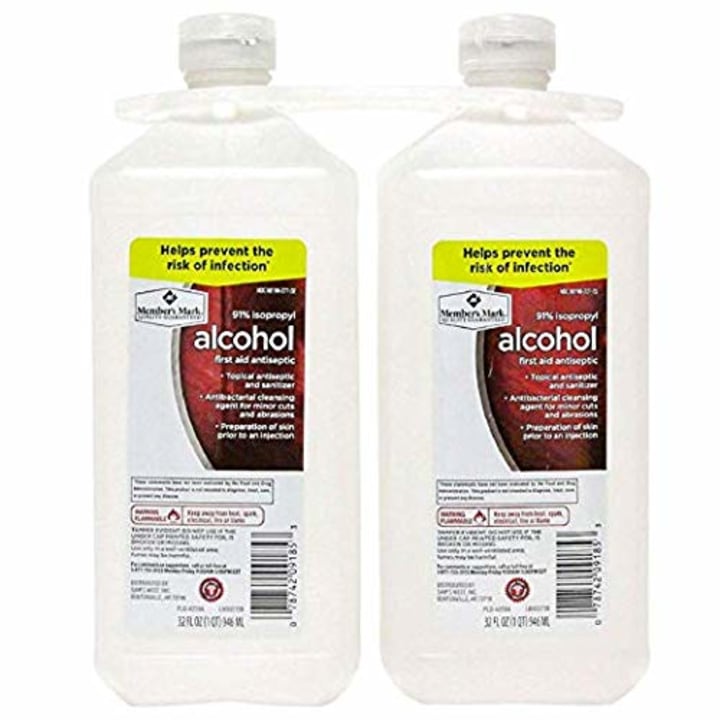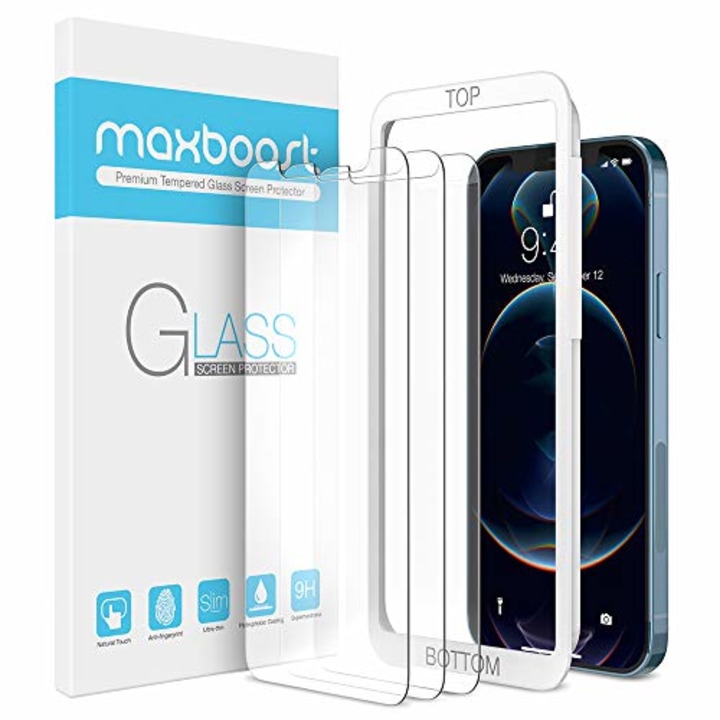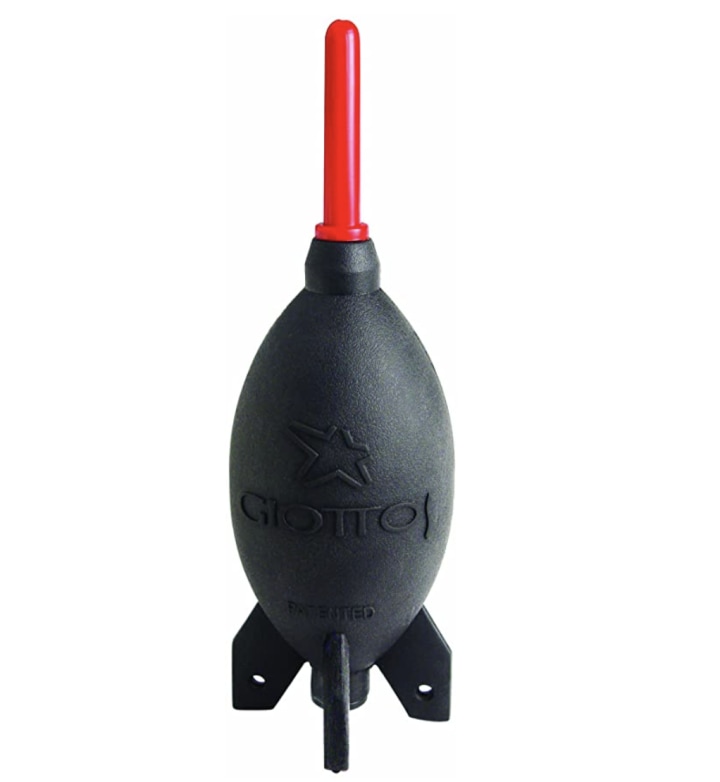As the resident tech support for everyone I know, I have seen some disgusting laptops. From visible dirt all over the keyboards, smudged-to-heck screens and dust bunnies in the vents, every device is a new adventure in filth. If it feels like a while since you last gave your phone or computer a once-over, here’s what to grab and how to achieve cleaner tech.
You actually don’t need much to clean your gadgets. In fact, for most fingerprints and dust, all you need is a simple microfiber cloth. There’s a good chance some of your gadgets even came with one in the box, or you have some floating around if you wear glasses or sunglasses. But if you don’t have any on hand, an inexpensive multi-pack will go a long way.
These 6-by-7-inch cloths are soft and safe to use on just about any tech you might have at home, from an iPad to the delicate lens on your camera. You can grab them in packs ranging from two apiece and all the way up to 30, or grab a few extra large 16 inch by 16 inch ones if you’re cleaning a TV or something the size of a TV.

Just grab a clean cloth and rub away the smudges. For traditional LCD screens — the ones you find on non-touch laptops and most modern TVs — you’ll want to be as gentle as possible. If you’re cleaning a hard glass touch screen, or the laptop’s body, you can give it a little more elbow grease. And if you need a bit more help getting rid of the grime, add a bit of distilled or deionized water to the cloth before cleaning. You don’t need to buy a specialized screen cleaner or UV sanitizer, though you can if it makes you feel better. Just spray the cloth, not the screen, and stay away from harsh chemicals like ammonia in traditional cleaners like Windex, which does make screen-safe cleaners but its standard bottles should not be used on electronics.
Note that microfiber and water will make things look nice but they won’t necessarily disinfect. For that, you’ll need a bit more cleaning power, but you probably have most of the necessary products at home. For the body of your laptop and phone, a drop of dish soap in that water can go a long way. You can also use 70-percent isopropyl alcohol or even bleach-free disinfectants like Clorox wipes — it’s best to check your manufacturer’s cleaning recommendations first (Apple says it’s okay to use Clorox wipes while Google has always said household cleaning wipes are fine on their phones). Again, I wouldn’t use these on non-touch screens like your TV — just touchscreens with protective glass, and sparingly at that.
You probably already have 70-percent isopropyl alcohol in your house for cuts and scrapes. But when it comes to electronics, I also recommend having a 90-percent or higher concentration on hand — it’s slightly less effective at disinfecting but it’s better at removing sticker gunk and is less likely to corrode sensitive components. Both solutions have their own uses. If you spill water on your laptop, for example, you can use high-concentration isopropyl alcohol and a toothbrush to clean corrosion on the circuit board. 99-percent isopropyl alcohol would be ideal in a situation like this, but it can be difficult to find in stock, so 91 percent will do just fine in a pinch.

There’s a lot of hand-wringing online about whether repeated use of cleaning solutions and alcohol will ruin the oleophobic coating on touch screens, which keeps them resistant to smudges and fingerprints. Using a glass screen protector renders this debate moot: You’ll protect your screen from scratches, and if the protector’s coating gets worn down or damaged, you can just pop a new one on for a few bucks.
Maxboost’s tempered glass screen protectors are inexpensive, durable and come with a plastic applicator that helps ensure it goes on straight every time. It won’t necessarily protect your phone from massive drops (you’ll want a case for that), but it’ll keep the underlying screen scratch-free.

Finally, when it comes to computers, game consoles, and other electronics with large vents, you’ll want to blow out the dust regularly. Dust buildup can decrease the effectiveness of the computer’s fans, which can lead to heat (degrading the device’s performance) and noise (since the fans have to work harder).
For most people, a simple dust blower should be sufficient for cleaning out vents. If you’re comfortable with a screwdriver, you can even open up your computer and get better access to dust-ridden places, like heatsinks and fans. Many technicians also use compressed cans of air, but these are terrible for the environment so I’d avoid them if possible — if you regularly need more powerful air gusts, an electric duster is a better investment that’ll last you well into the future.

If you smoke or have pets, you’ll want to do this often, since they’ll cause more buildup. If you find your devices have obtained a certain smell — either from your furry friends or a previous owner — some time in a box with a charcoal deodorizer may help finish the cleaning process, too.
Catch up on the latest from NBC News Shopping guides and recommendations and download the NBC News app for full coverage of the coronavirus outbreak.

